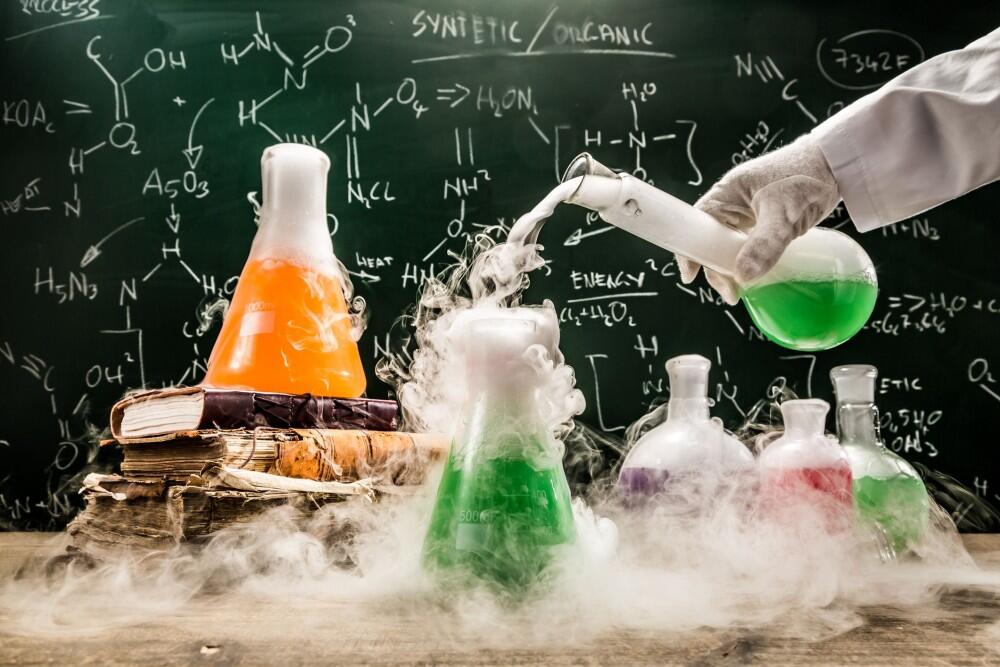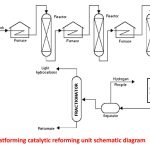The main reactions of platforming process are as follows:
● Dehydrogenation of naphthenes, yielding aromatics and hydrogen
● Dehydro-isomerisation of alkyl cyclopentanes to aromatic and hydrogen
● Isomerisation of paraffins and aromatics
● Dehydrocyclisation of paraffins to aromatics and hydrogen
● Hydrocracking of paraffins and naphthenes to ligher, saturated paraffins at the expense of hydrogen
The process literally re-shapes the molecules of the feed in a reaction in the presence of a platinum catalyst. Normally it is the hydrocarbon in the C6-C10 parafins that get converted to aromatics.
The above reactions takes place concurrently and to a large extent also sequentially. The majority of these reactions, involve the conversion of paraffins and naphtenes and result in an increase in octane number and a nett production of hydrogen. Characteristic of the total effect of these reactions is the high endothermicity, which requires the continuous supply of process heat to maintain reaction temperature in the catalyst beds. That is why the process is typically done in four reactors in series with furnaces in between, in order to remain sufficiently high reactor temperatures.
The reactions takes place at the surface of the catalyst and are very much dependent, amongst other factors, on the right combination of interactions between platinum, its modifiers or activators, the halogen and the catalyst carrier. During operating life of the catalyst, the absolute and relative reaction rates are influenced negatively by disturbing factors like gradual coke deposition, poisons and deterioration of physical characteristic of the catalyst (surface area decline).


